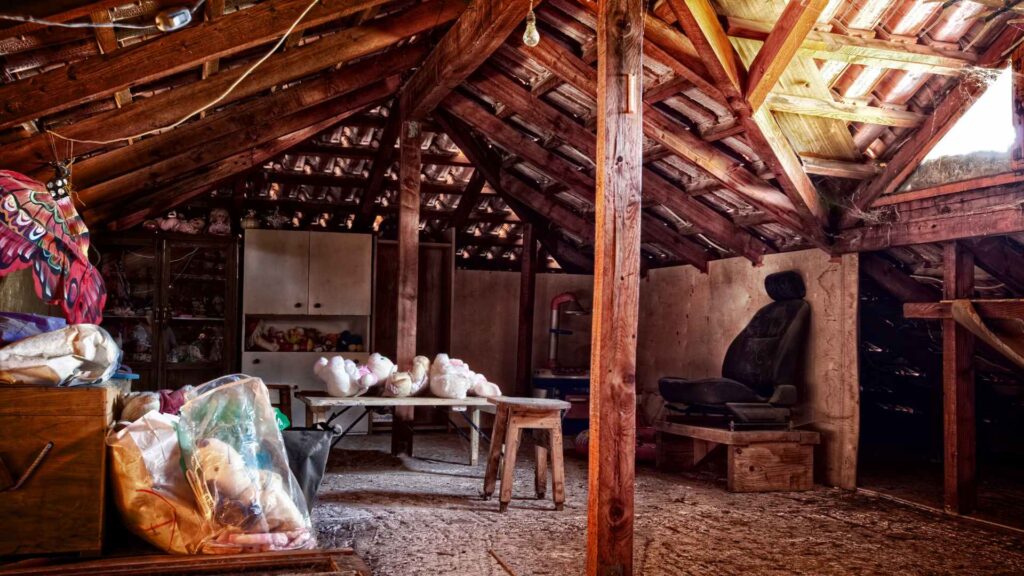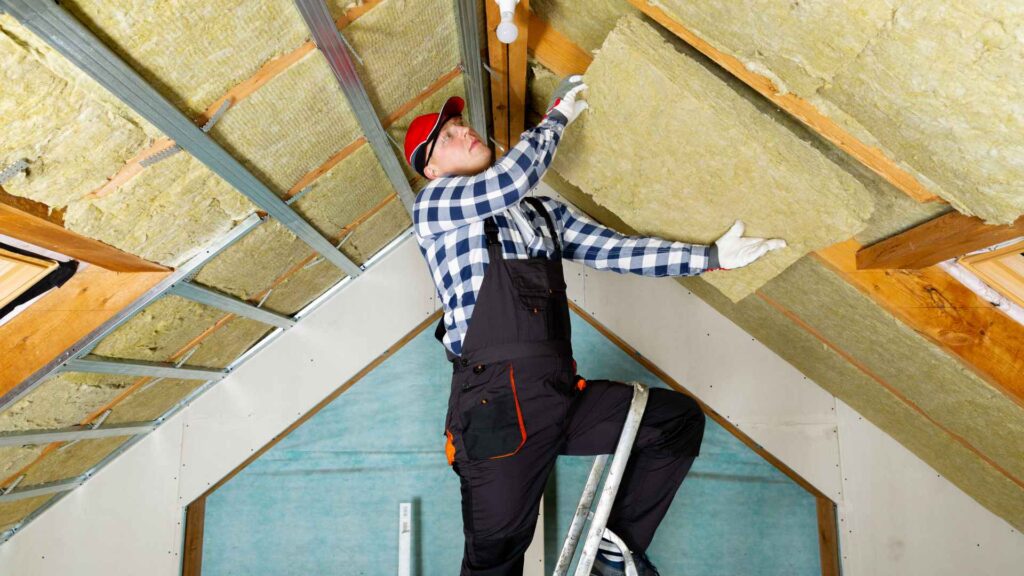Table Of Content
ToggleAs a pest control expert, I frequently encounter homeowners struggling with unwanted attic guests: rats. These furry invaders not only disrupt your peace of mind, but they can also pose significant health and property risks. This guide will equip you with the knowledge and steps to effectively eliminate rats from your attic and prevent future infestations, specifically focusing on how to get rid of rats in your attic.
Before taking action against rats, it’s crucial to accurately identify their presence and understand why they’ve chosen your attic as their prime real estate.
Understanding the reasons behind rats’ attraction to attics can help in developing effective removal and prevention strategies.
Safety Measures and Tools:
Assessing the Extent of the Infestation:
Don’t Let Rodents Rule – Reach Out for Immediate Removal!

Here’s a comprehensive plan to eliminate those uninvited attic dwellers:
Best Practices for Setting Traps:
Secure Your Space: Our Rodent Control Solutions Await!
Rodenticides can be a tempting option for eliminating rats, but they should be a last resort, especially in attics. Let’s explore the types of rodenticides available, safety considerations, and why alternative methods might be preferable.
Types of Rodenticides
Safety Tips and Legal Considerations:
Important Note: While rodenticides can be effective, they should be used with caution due to safety concerns and potential ineffectiveness in reaching all rats. Trapping is often a preferred method, especially for those with concerns about pets or children.
Say Goodbye to Unwanted Rodents – Let Us Clear Them Out!

To ensure your attic remains rat-free, proactive measures must be taken to prevent future infestations.
Effective prevention starts with sealing off potential entry points that rats may use to access your attic.
Regular maintenance and cleanliness play a vital role in deterring rats from making your attic their home.
Knowing when to seek professional help for rat infestations in your attic is crucial for effective and safe removal.
Take Action Against Rodents: Our Team is Ready to Assist!

As a pest control expert, I understand the frustration and health risks associated with a rat infestation.
By following the steps outlined above, you can effectively eliminate rats from your attic and reclaim your peace of mind. Remember, a clean and sealed attic is key to preventing future infestations.
Regularly monitor your attic for signs of activity, and don’t hesitate to seek professional help if needed. A proactive approach ensures a rat-free attic and a healthier living environment for you and your family.
To keep wasps away from your house, consider planting herbs like mint, thyme, and citronella, which repel them with their strong scents. Additionally, sealing any cracks or crevices in your home’s exterior, avoiding leaving food or sweet drinks outside, and using decoy nests can deter wasps from nesting near your house.
Wasps are repelled by strong scents such as peppermint, citronella, eucalyptus, and clove oil. Mixing these essential oils with water and spraying the solution around your home’s entry points can help deter wasps from entering.
You can spray a mixture of water and essential oils like peppermint, citronella, or eucalyptus around your house to repel wasps. Alternatively, commercial insecticides labeled for wasp control can be used around outdoor areas where wasps are active.
To quickly get rid of wasps in your house, use a commercial wasp spray designed for indoor use. Spray directly on the wasps or their nests if you can locate them. Seal any entry points they may be using to prevent further infestations, and consider contacting a pest control professional for help if the problem persists.
References:
https://www.familyhandyman.com/list/best-caulk-for-kitchens-baths-gutters-and-more/#:~:text=Alex White Acrylic Latex Painter’s Caulk,-Shop Now&text=For just a couple of,a 25-year durability rating.
https://wasps.ucr.edu/wasp-identification#:~:text=There are several species of,consobrina).
Your trusted pest control experts in Southern California. Keeping your neighborhood pest-free!